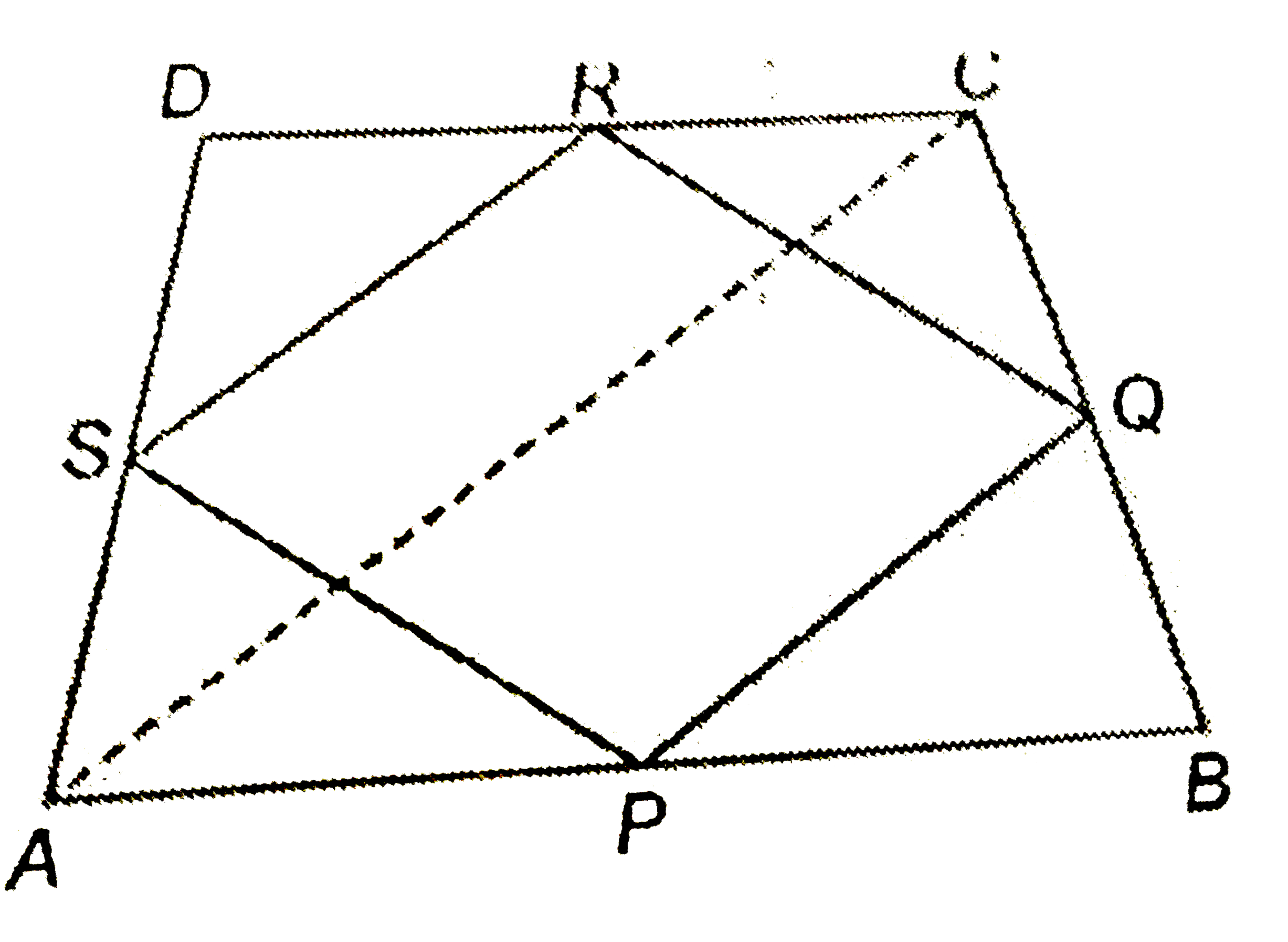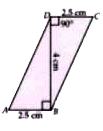ABCD is a convex quadrilateral. Join the corresponding trisection points of pairs of opposite sides. Prove that the area of the central quadrilateral , so formed , is 19 area (BCD)
Step by step video & image solution for ABCD is a convex quadrilateral. Join the corresponding trisection points of pairs of opposite sides. Prove that the area of the central quadrilateral , so formed , is 1/9 area (BCD) by Maths experts to help you in doubts & scoring excellent marks in Class 12 exams.
Similar Questions
If the sides of a quadrilateral touch a circle, prove that the sum of a pair of opposite sides is equal to the sum of the other pair.
View SolutionIf the sides of a quadrilateral touch a circle, prove that the sum of a pair of opposite sides is equal to the sum of the other pair.
View SolutionConsider the - following statements in respect of a quadrilateral :
1. The line segments joining the midpoints of the two pairs of opposite sides bisect each other at the point of intersection.
2. The area of the quadrilateral formed by joining the midpoints of the four adjacent sides is half of the total area of the quadrilateral.
Which of the statements given above is/are correct ?View SolutionArea of the quadrilaterals formed by joining the mid points of the adjacent sides of a quadrilateral is________ the area of given quadrilateral.
View SolutionProve that the quadrilateral formed by joining the mid-points of the pairs of consecutive sides of a quadrilateral is a parallelogram.
View SolutionProve that the quadrilateral formed by joining the mid-points of the pairs of consecutive sides of a quadrilateral is a parallelogram.
View SolutionProve that the figure formed by joining the mid-points of the pairs of consecutive sides of a quadrilateral is a parallelogram.
 View Solution
View SolutionProve that line joining the midpoints of opposite sides of a quadrilateral bisect each other.
View SolutionABCD is a quadrilateral and BD is one of its diagonals, as shown in the figure. Prove that quadrilateral ABCD is a parallelogram, also find its area.
 View Solution
View SolutionIn Fig. 9.22, ABCD is a quadrilateral and BE ∣∣ ACand also BE meets DC produced at E. Show that area of ΔADEis equal to the area of the quadrilateral ABCD.
View Solution

